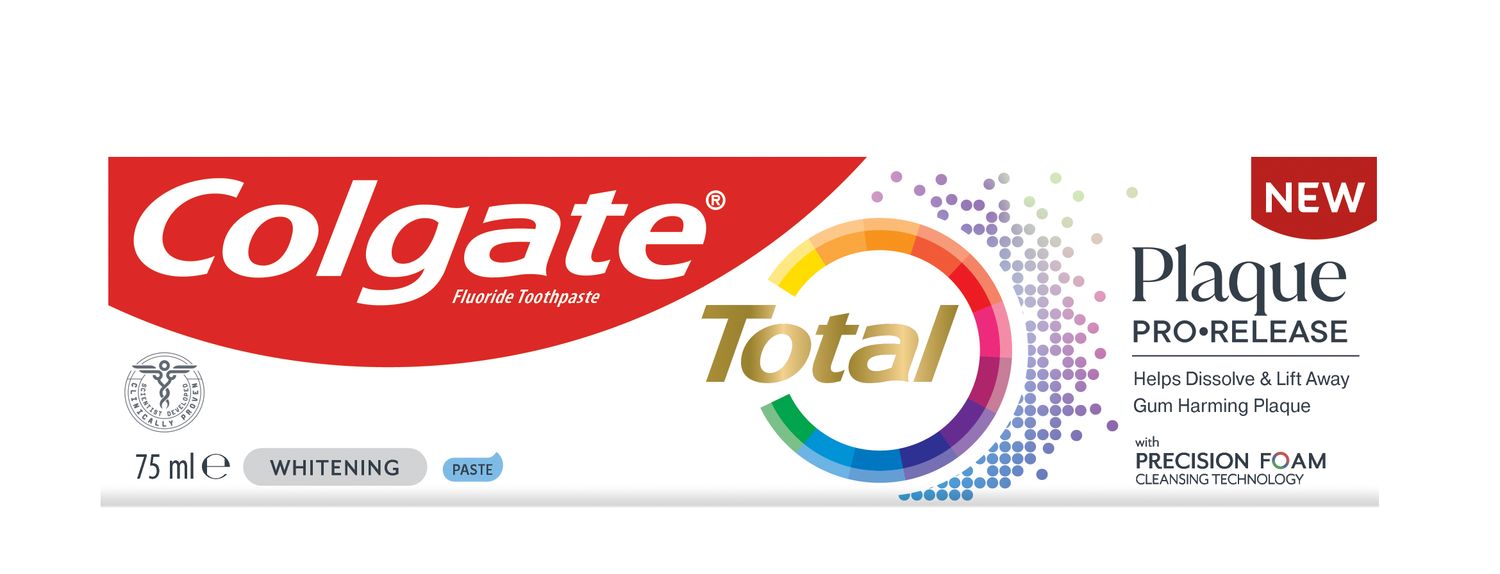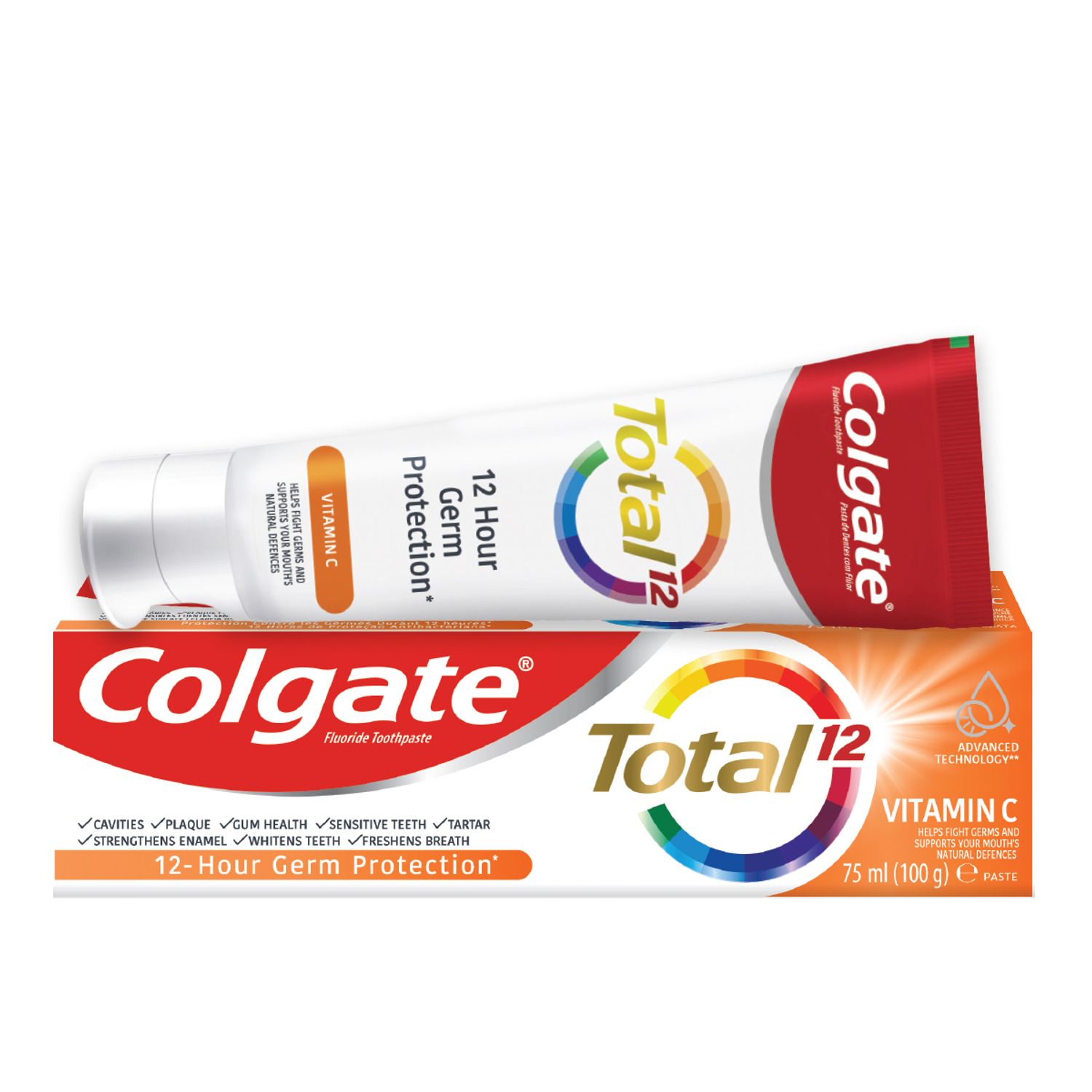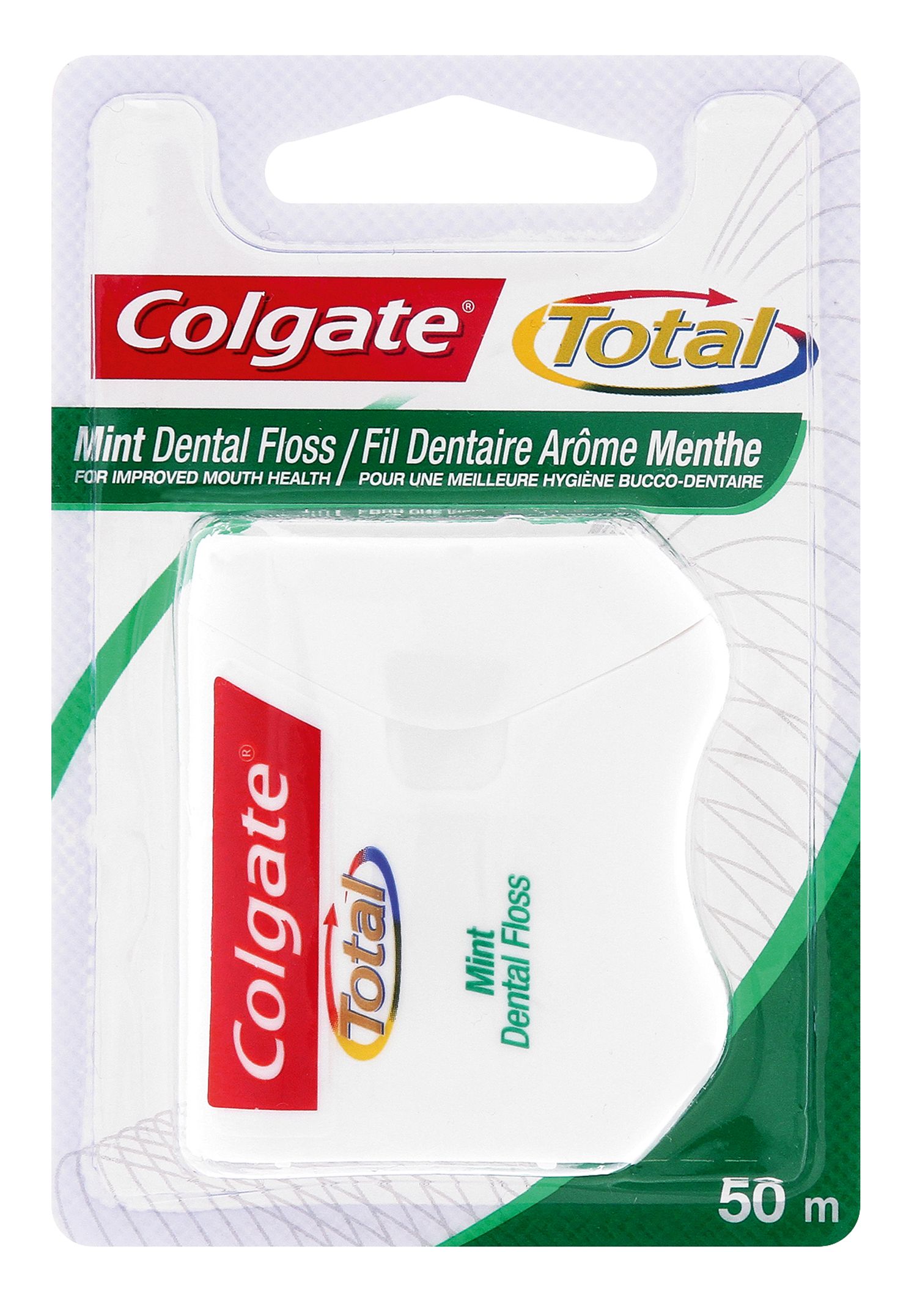-
-

CAVITIES
Can You Heal A Cavity At Home?You feel a sharp pain when you bite down or try to eat. You think it's a cavity, but you're not 100 percent sure...

BAD BREATH
How To Cure Bad BreathMore commonly known as bad breath, halitosis is an embarrassing hygiene issue that nobody wants, but some of us get every now and then...
-
Science & Innovation
- Colgate® | Toothpaste, Toothbrushes & Oral Care Resources
- Oral Health
- What Are Dentures Made Of?


It's been a long time since tooth loss was managed using animal teeth and pieces of bone as replacements. George Washington famously sported a set of dentures made from lead, human teeth, cow teeth and elephant ivory, according to Smithsonian Magazine. What are dentures made of in the 21st century, and what are the oral benefits of this technology?
The Teeth
The teeth of a denture are typically made from various types of resin or porcelain. The latter was traditionally the preferred material because it was stronger and more durable, according to David L. Baker, DDS. Porcelain is still used in some instances and has a number of advantages:
- A glass-like ceramic material, porcelain has the same translucent appearance as natural tooth enamel, and can be colour-matched closely with other teeth in the patient's mouth.
- Porcelain teeth feel similar to natural teeth. This makes them easier to adapt to than other materials.
- The heating process used to make them causes the dentures to become considerably harder, which means they last longer.
The main disadvantages of porcelain dentures, however, are that they're breakable if dropped on a hard floor and they can wear down natural teeth if they bite against them. Porcelain is better used in full than partial dentures for this reason.
More recently, however, acrylic resin has become the go-to material for denture teeth, according to a study published by the National Institutes of Health (NIH), whose research aimed to derive a new technique of making durable dentures using injections of a hybrid composite of resin. Acrylic adheres more securely to the denture base and is easier to adjust to achieve the correct closure than harder porcelain teeth. It's also significantly less expensive than porcelain, and much lighter in weight.
The disadvantage of teeth made from acrylic resin is that they wear faster than porcelain teeth, which causes changes in the way the teeth make contact with one another. Dentures made from acrylic resin teeth may need to be replaced every five to eight years as a result, but they are still far stronger than the plastic items used in the past.
The Framework
Dentures require a framework to support them, which is usually called a full or partial plate. This plate can be made from rigid acrylic resin or a type of flexible (nylon) polymer. It can also be moulded from chrome cobalt metal.
The dentist takes an impression of the patient's gums, which is used to create a mould. This mould is then used as the basis of a wax model to which the teeth are added. The model is tested in the patient's mouth to confirm it will be suitable in size and colour, and for the formation of a plate that fits snugly in the mouth.
Plates made from acrylic resin are compatible with dentures that require an artificial gumline, because the material can be tinted to resemble the patient's natural gum color. Metal plates, however, carry less risk of breaking. They are also stronger and provide a better fit, according to Affordable Dentures. This makes metal ideal for partial plates that are fully hidden behind the remaining natural teeth.
Understanding the strengths and weaknesses of your dentures can help determine how long you can expect them to last. The lifespan of a denture also depends on your oral hygiene regimen, so it's essential to clean your dentures daily. Above all, take care of your natural gums to keep them healthy enough to wear dentures, using products that protect the mouth against gum problems.
There are various alternatives to wearing dentures, but if you do opt for them, it's best to know how and why specific denture materials are used so you can make an informed choice.
Related Products

Helping dental professionals
More professionals across the world trust Colgate. Find resources, products, and information to give your patients a healthier future










